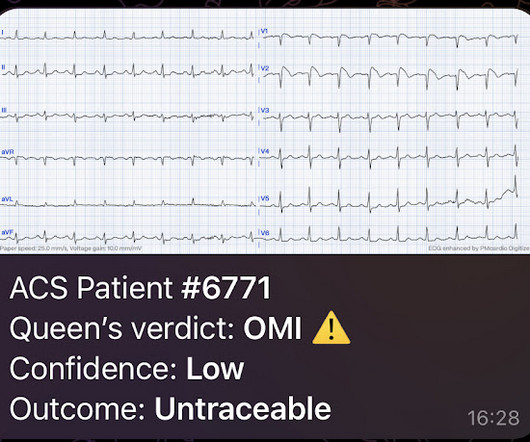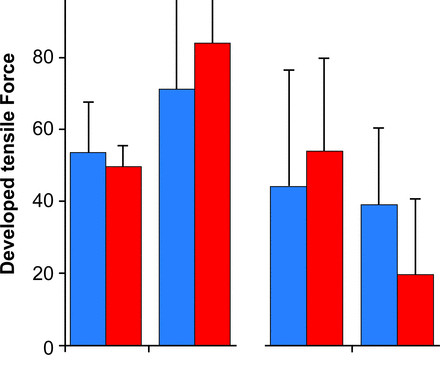What clinical scenario fits best?
Dr. Smith's ECG Blog
OCTOBER 12, 2023
B elow are 4 ECGs from the same patient. Accompanying the ECGs is some clinical information. Look at the ECGs and consider the timeline and other information. At the bottom will be five alternative clinical scenarios to explain the findings. Which one do you think fits better with the ECGs and their timeline? The patient is a 60 something female. She was admitted to the hospital with clinical signs of infection.















Let's personalize your content